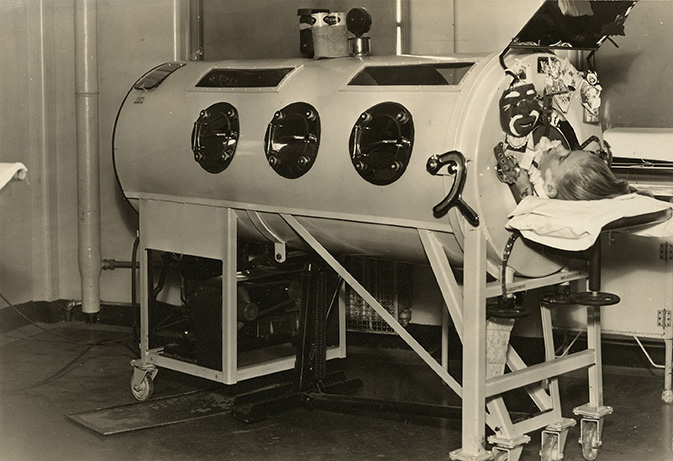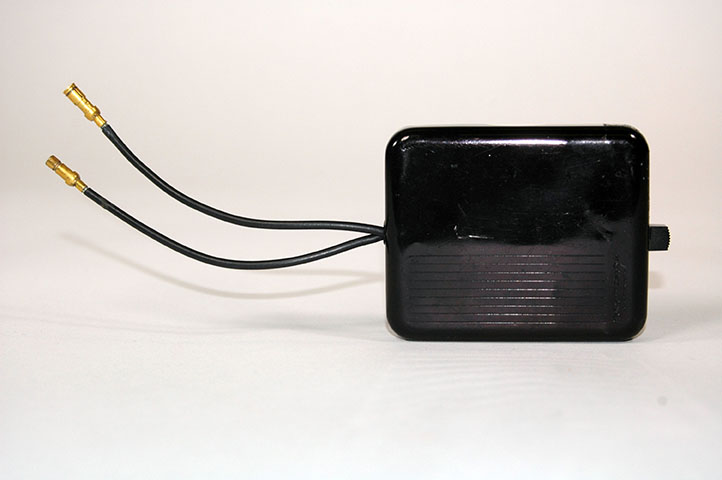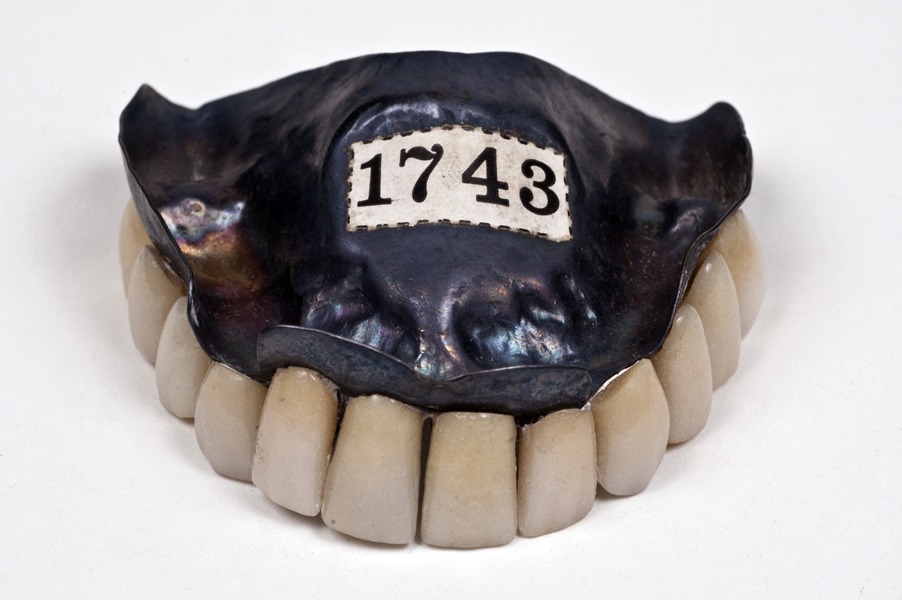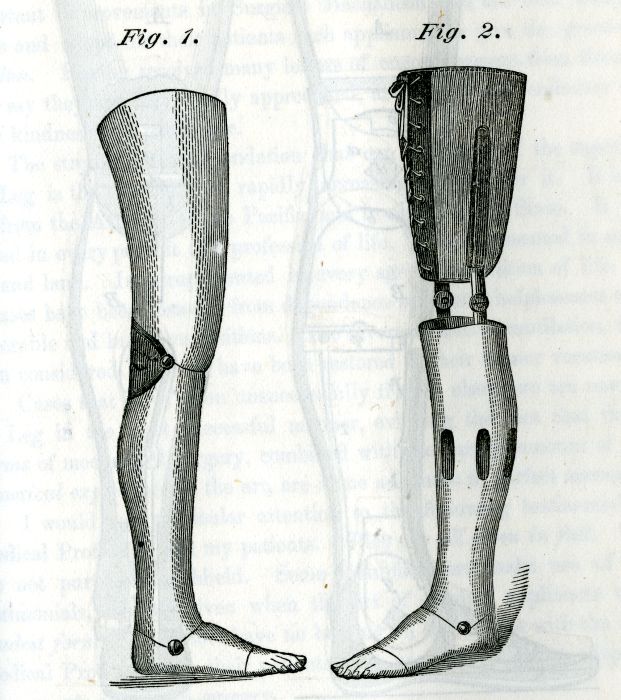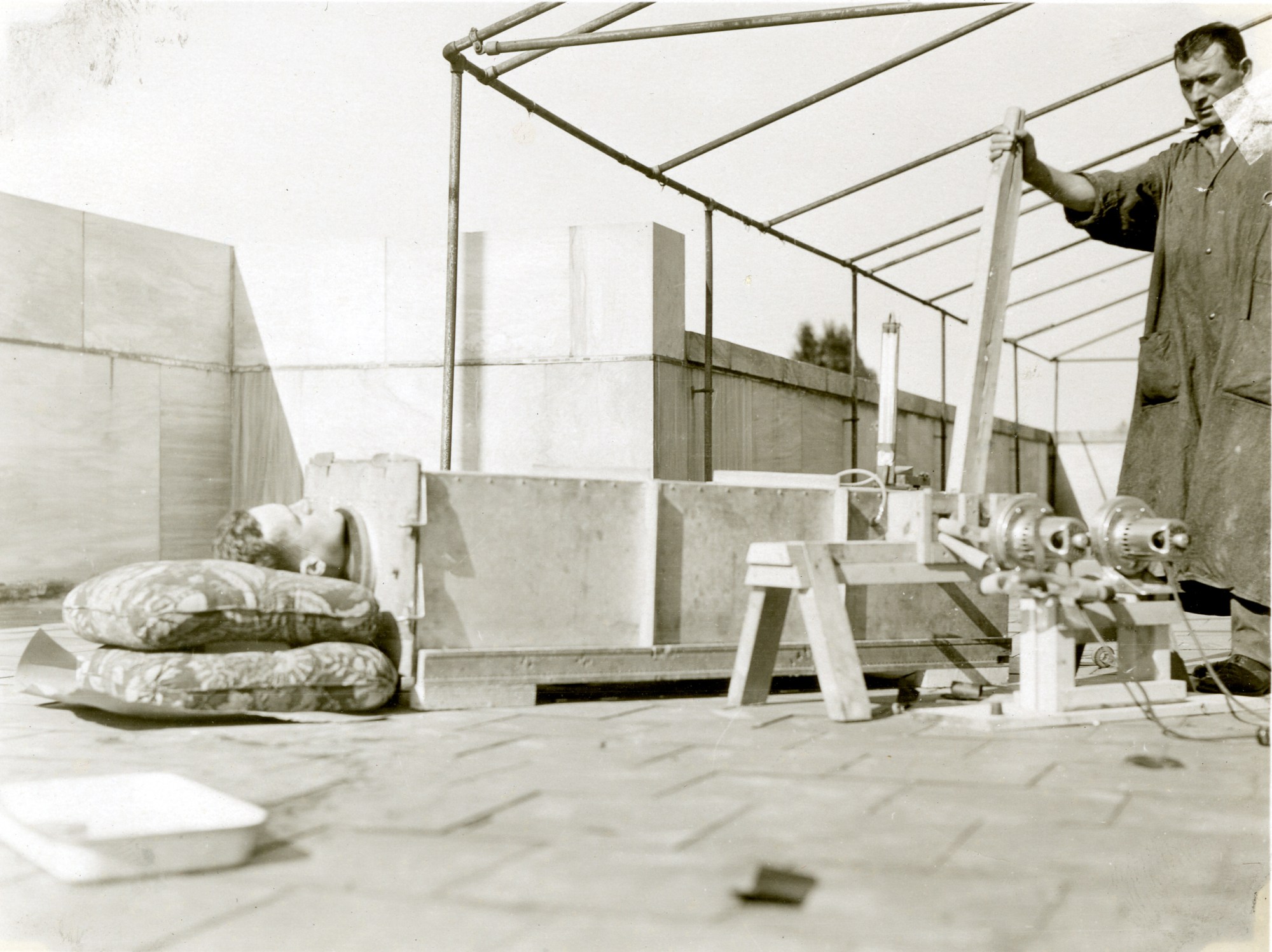The Enhanced Body
The Enhanced Body
From glasses and hearing aids to responsive prosthetics and 3D-printed organs, assistive body augmentations have changed the way we live.
Everyday enhancements
Whether because of genetics, aging, or accident, many people will require minor enhancements to improve their quality of life.
Keeping that perfect smile
Since 2000, dental implant surgery has become a safe, routine procedure on par or better than getting conventional prosthetics.
New hope for hearing loss
The FDA’s approval of over-the-counter hearing aids is leading to lower costs, increased access, and innovation.
Move over LASIK, it’s time to SMILE
SMall Incision Lenticule Extraction (SMILE), a minimally invasive laser vision correction technique, offers a quicker recovery time and fewer risks.
Some of our parts
From myoelectric prosthetics to metamaterial lenses, Harvard researchers have been at the forefront of prosthetics and mechanical assistance.
Being in India and working with the patient population there reinforced for me the need for that kind of work.”Aashna Shah and Alex Boyle
The Harvard Chan School alums helped a prosthetics nonprofit in Jaipur, India, improve its patient feedback process while learning valuable lessons for their own public health careers.

An arm that responds
The Boston Arm activated when the residual limb’s muscles generated a faint electrical signal, which was amplified by electrodes taped to the skin and sent to a motor inside the prosthesis.
An ankle that adapts
With springs that mimic tendons and microprocessors that adjust for speed and incline, the Empower ankle improves walkers’ balance, speed, and energy expenditure.
A lens that focuses
An adaptive metalens “can change its focus in real time, just like the human eye.”

3D-printed bone substitutes
Faced with a failed bone graft, Linh Nam connected with a Radcliffe Fellow whose work could revolutionize the science of bone replacement.

Wearable robots for stroke survivors
Harvard alum Krithika Swaminathan aims to help stroke survivors through soft wearable robots that enable patients to retrain their limbs and improve their gait.
Organs outside organisms
Harvard researchers are exploring artificial organs to help with the worldwide organ shortage and to better understand diseases and treatments without risking lives.
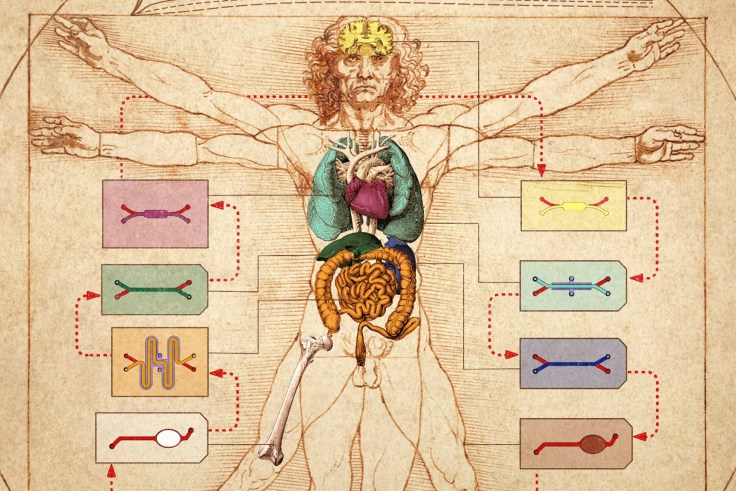
The human body on a chip
Human organ chips, pioneered at the Wyss Institute in 2010, are small devices where organ-specific cells are cultured to test their reaction to molecules like cytokines, growth factors, drugs, and drug-breakdown products.
The human body on a chipDeveloping better treatments for cervical diseases

From the archives
A history of body enhancements
The Center for the History of Medicine at Countway Library has documented the long history of prosthetics, replacements, and assistive technologies.
You may also like






